Buy Herman Saftleven, Wittevrouwenpoort in Utrecht, 1646 by Atelier Liesjes on canvas, ArtFrame, poster and wallpaper, printed on demand in high quality.
About "Herman Saftleven, Wittevrouwenpoort in Utrecht, 1646"
by Atelier Liesjes
About the artwork
The Wittevrouwenpoort, built around 1230, was from the Middle Ages onwards one of the four entrances to the city of Utrecht via city gates. The gate was situated on the north-east side of the present inner city on the Wittevrouwenensingel where the Wittevrouwen bridge is today. The gate was named after the Wittevrouwen convent which was situated nearby in the Middle Ages and which also gave its name to the current Utrecht neighbourhood Wittevrouwen. In contrast to the present-day neighbourhood, the convent was located within the old city walls.
In 1649, probably for fiscal and police reasons, it was decided to renew the city gate; Hendrik Aertsz. Struys made the design for the building, which was crowned by Pieter Post.
Around 1858 the Wittevrouwenpoort was demolished. A new building, 44 Wittevrouwenstraat, arose on the site. In the new building, built by contractor J. van der Lip, the clock ("Odulphus") from the former Wittevrouwenpoort, cast in 1554 by Jan Tolhuys, was hung on the roof in the square tower. The new building served as a Commisisoner's House and later, for a long time, as a police station.
Herman Saftleven (Rotterdam, Holland, Netherlands 1609 - Utrecht, buried 5 January 1685) was a Dutch painter, engraver and draughtsman.

About Atelier Liesjes
Art for sale. Shop with photos and art as wall decoration. Posters, metal (aluminium or steel), glass, canvas, photo print, wood, framed, canvas, photo wallpaper or garden canvas.
The collection of wall decoration or wall decorations is very broad, from nature through..
Read more…
 Germany
Germany Ordered in May 2025
Ordered in May 2025
 Netherlands
Netherlands Ordered in July 2019
Ordered in July 2019
 Netherlands
Netherlands Ordered in May 2024
Ordered in May 2024
 Germany
Germany Ordered in March 2020
Ordered in March 2020
 Germany
Germany Ordered in November 2020
Ordered in November 2020
 Netherlands
Netherlands Ordered in December 2024
Ordered in December 2024
 Netherlands
Netherlands Ordered in June 2020
Ordered in June 2020
 Germany
Germany Ordered in February 2024
Ordered in February 2024
 Germany
Germany Ordered in August 2021
Ordered in August 2021
 Netherlands
Netherlands Ordered in November 2017
Ordered in November 2017
 Netherlands
Netherlands Ordered in May 2020
Ordered in May 2020
 Netherlands
Netherlands Ordered in April 2021
Ordered in April 2021
About the material
ArtFrame™
Interchangeable Art Prints
- High-quality print
- Easily interchangeable
- Acoustic function
- Large sizes available
Discover the artworks of Atelier Liesjes
 India, manAtelier Liesjes
India, manAtelier Liesjes The farmer's wife, naked model posing as a pinup in a windowAtelier Liesjes
The farmer's wife, naked model posing as a pinup in a windowAtelier Liesjes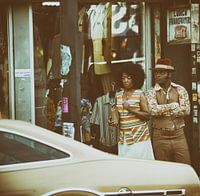 two people in a shopping street in the 70sAtelier Liesjes
two people in a shopping street in the 70sAtelier Liesjes The beauty; Erotic nude in the showerAtelier Liesjes
The beauty; Erotic nude in the showerAtelier Liesjes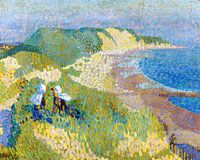 Sea and dunes near Zoutelande, Jan Toorop,Atelier Liesjes
Sea and dunes near Zoutelande, Jan Toorop,Atelier Liesjes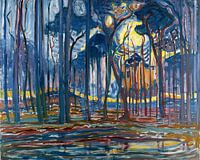 Piet Mondriaan, Bosch; Bos bij Oele, 1908Atelier Liesjes
Piet Mondriaan, Bosch; Bos bij Oele, 1908Atelier Liesjes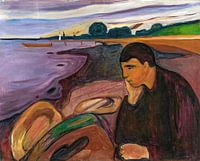 Edvard Munch, melancholy, 1896Atelier Liesjes
Edvard Munch, melancholy, 1896Atelier Liesjes Costumed ball, Max RabesAtelier Liesjes
Costumed ball, Max RabesAtelier Liesjes Reclining Nude, George Hendrik Breitner - 1887Atelier Liesjes
Reclining Nude, George Hendrik Breitner - 1887Atelier Liesjes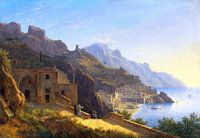 View of the Capuchin Monastery near Amalfi, CARL MORGENSTERN, 1840Atelier Liesjes
View of the Capuchin Monastery near Amalfi, CARL MORGENSTERN, 1840Atelier Liesjes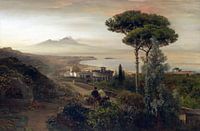 Vesuvius and Bay of Naples, OSWALD ACHENBACH, 1884Atelier Liesjes
Vesuvius and Bay of Naples, OSWALD ACHENBACH, 1884Atelier Liesjes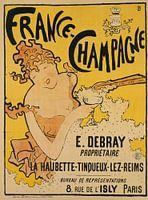 Poster with advertisement for France-Champagne - Pierre Bonnard, 1889-1897Atelier Liesjes
Poster with advertisement for France-Champagne - Pierre Bonnard, 1889-1897Atelier Liesjes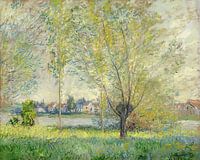 Willows in a landscape, Claude Monet (1880)Atelier Liesjes
Willows in a landscape, Claude Monet (1880)Atelier Liesjes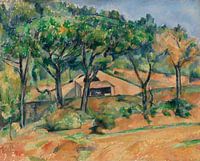 House in Provence, Paul Cézanne (ca.1890)Atelier Liesjes
House in Provence, Paul Cézanne (ca.1890)Atelier Liesjes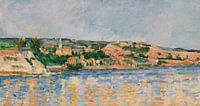 Village by the water , Paul Cézanne (ca. 1876)Atelier Liesjes
Village by the water , Paul Cézanne (ca. 1876)Atelier Liesjes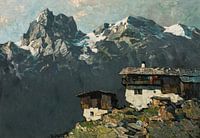 Oskar Mulley, Mountain farm, ca 1930Atelier Liesjes
Oskar Mulley, Mountain farm, ca 1930Atelier Liesjes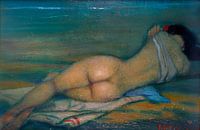 Federico Beltrán Masses, NudeAtelier Liesjes
Federico Beltrán Masses, NudeAtelier Liesjes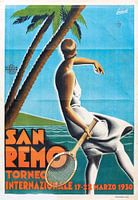 San Remo - International tournament, Gino Boccasile, 1930Atelier Liesjes
San Remo - International tournament, Gino Boccasile, 1930Atelier Liesjes Gino Boccasile, Travel poster Lugano Suisse South Switzerland Schweiz, 1939Atelier Liesjes
Gino Boccasile, Travel poster Lugano Suisse South Switzerland Schweiz, 1939Atelier Liesjes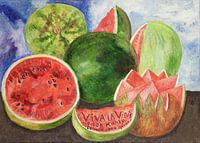 Frida, Viva la vida, 1954Atelier Liesjes
Frida, Viva la vida, 1954Atelier Liesjes
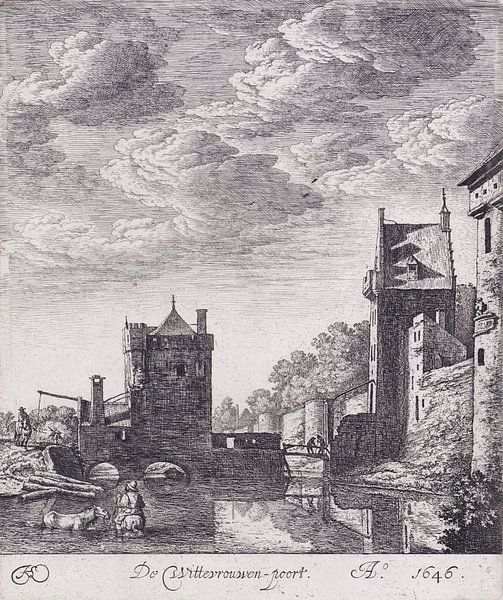


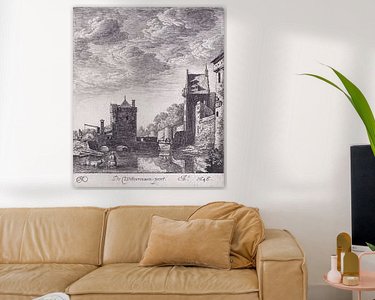


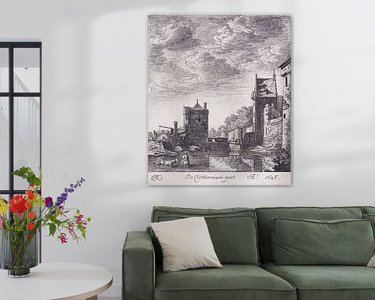

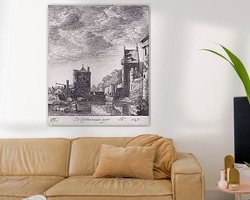

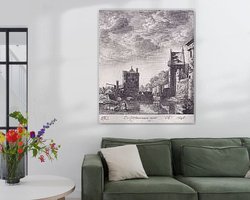

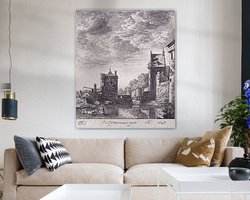
 Drawings
Drawings Graphics
Graphics Middle ages
Middle ages Nostalgic Memories
Nostalgic Memories Serene Peace
Serene Peace Urban landscapes
Urban landscapes Utrecht
Utrecht









